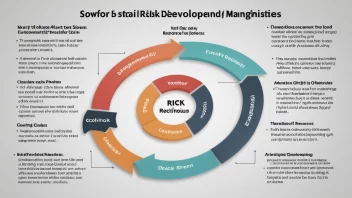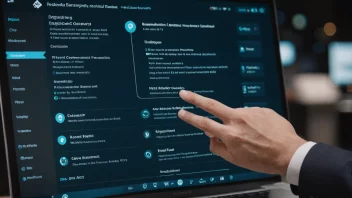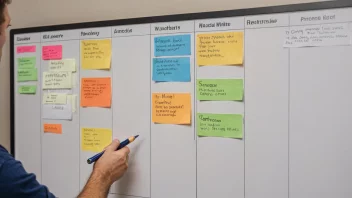Introduction
In this article, you will learn how to effectively manage technical debt in open source projects. Technical debt refers to the shortcuts and compromises made during software development that can lead to future problems. Understanding how to identify, prioritize, and address technical debt is crucial for maintaining the health and longevity of any open source project. We will walk through a step-by-step process to help you manage technical debt effectively.
Step 1: Identify Technical Debt
The first step in managing technical debt is to identify it. This can be done through code reviews, developer feedback, and automated tools.
- Conduct Code Reviews: Regularly review code changes to look for areas where shortcuts were taken.
- Gather Developer Feedback: Communicate with your team to get insights into areas of the codebase that feel cumbersome or problematic.
- Use Automated Tools: Leverage static analysis tools like SonarQube or ESLint to automatically detect code smells and other indicators of technical debt.
Step 2: Prioritize Technical Debt
Once you have identified instances of technical debt, the next step is to prioritize them based on their impact and urgency.
- Assess Impact: Determine which pieces of technical debt affect the project's performance, scalability, and maintainability the most.
- Evaluate Urgency: Consider which debts need to be addressed immediately due to project deadlines or critical functionality.
Step 3: Create a Technical Debt Backlog
With a prioritized list of technical debt identified, create a backlog to manage it effectively.
- Create a Tracking System: Use project management tools like Trello or JIRA to document each instance of technical debt.
- Define Clear Criteria: For each item, define what constitutes completion and who is responsible for addressing it.
Step 4: Address Technical Debt
Now that you have a backlog, it’s time to start addressing the technical debt.
- Allocate Time in Sprints: Dedicate a portion of each sprint to addressing technical debt alongside new feature development.
- Refactor Code: Regularly refactor the codebase to improve its structure and readability, making it easier to maintain.
Step 5: Monitor and Adjust
After addressing technical debt, it’s essential to monitor the project continuously and adjust your strategies as necessary.
- Regular Check-Ins: Schedule regular meetings to discuss technical debt and review the backlog.
- Adapt Strategies: Be open to adjusting your approach based on feedback and the evolving needs of the project.
Conclusion
Managing technical debt in open source projects requires diligence and a proactive approach. By identifying, prioritizing, creating a backlog, addressing, and monitoring technical debt, you can ensure the long-term health of your project. Remember that managing technical debt is an ongoing process that requires the commitment of the entire team. Regular communication and collaboration are essential for success.






